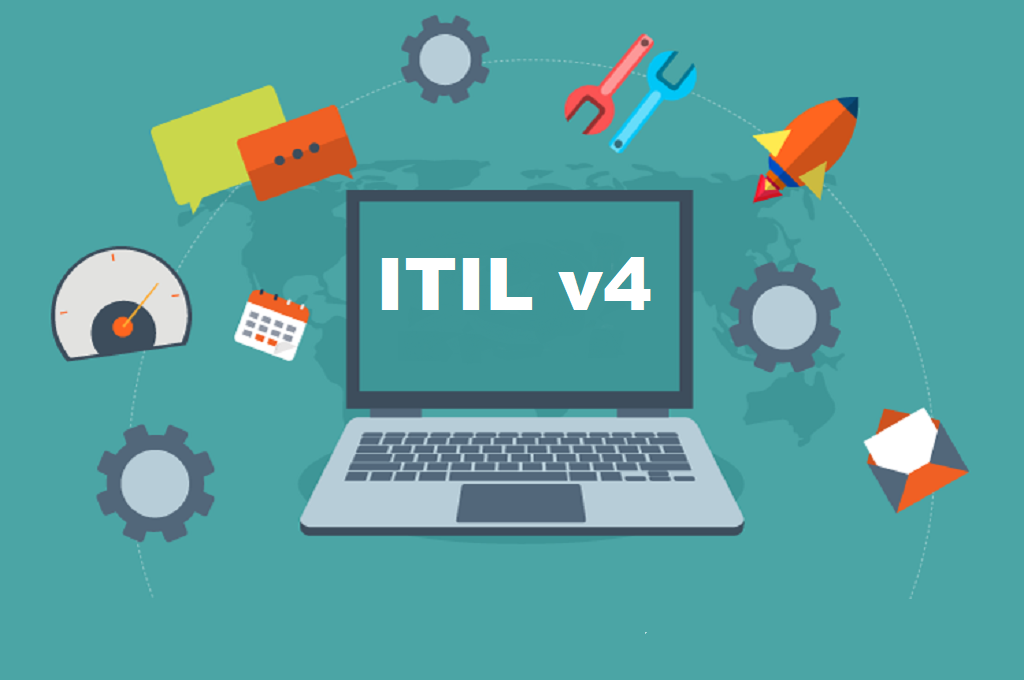ITIL remains the most widely adopted IT service management (ITSM) framework in the world. With its roots firmly planted in best practices, ITIL has guided organisations for decades. However, the release of ITIL Version 4 marks a much-needed evolution—ushering in a fresh, modernised approach that aligns with the fast-paced, digital-first world of today.
Released to address the gaps and outdated methodologies of ITIL v3 (which launched in 2011), ITIL V4 offers a holistic, flexible, and value-driven model of service management. It’s designed not only to maintain service quality but to integrate with emerging practices like Agile, DevOps, and Lean, ultimately focusing on delivering value across the entire digital ecosystem.
What’s New in ITIL Version 4?
ITIL V4 builds on the strengths of its predecessors while introducing several transformative concepts. These changes reflect modern business demands, particularly in the areas of agility, continuous improvement, and value co-creation.
1. The Four Dimensions of Service Management
A core concept in ITIL V4 is the holistic approach to service delivery, encapsulated by the four dimensions:
- Organisations and People – Emphasises the importance of culture, roles, responsibilities, and staff capabilities.
- Information and Technology – Focuses on the data, tools, and systems required for effective service management.
- Partners and Suppliers – Covers external and internal stakeholders involved in delivering services.
- Value Streams and Processes – Examines how various elements work together to deliver valuable outcomes.
These dimensions ensure that services are balanced, adaptable, and responsive to changing needs.
2. The Service Value System (SVS)
The traditional ITIL service lifecycle has been replaced by the Service Value System (SVS), a new operating model that connects all the components and activities of an organisation into a cohesive system. At the centre of the SVS is the Service Value Chain, which includes six key activities:
- Plan
- Improve
- Engage
- Design & Transition
- Obtain/Build
- Deliver & Support
These elements work in tandem to facilitate flexibility and responsiveness in delivering outcomes, not just outputs.
3. The Guiding Principles
Borrowing from ITIL Practitioner and other frameworks, ITIL V4 introduces seven guiding principles:
- Focus on value
- Start where you are
- Progress iteratively with feedback
- Collaborate and promote visibility
- Think and work holistically
- Keep it simple and practical
- Optimise and automate
These principles help IT professionals make informed decisions and adapt ITIL practices to their specific organisational context.
4. From Services to Co-Creation of Value
ITIL V4 shifts the focus from service delivery to value co-creation. Services are no longer just outputs—they’re part of a shared journey between providers and consumers. Value is generated through collaboration, interaction, and experience. This mindset encourages better customer engagement, experience, and satisfaction.
5. Processes Are Now Practices
In previous versions, ITIL was heavily process-centric. ITIL V4 reclassifies these as practices, offering a broader and more flexible view that includes people, tools, capabilities, and workflows. There are now 34 management practices divided into:
- General Management Practices
- Service Management Practices
- Technical Management Practices
This evolution encourages adaptability and supports integration with non-traditional ITSM activities.
6. Integration with Agile, DevOps, and Lean
One of the biggest criticisms of ITIL v3 was its disconnect from modern software development and operational methodologies. ITIL V4 corrects this by fully embracing Agile, DevOps, and Lean principles. This integration promotes faster delivery, continuous feedback, and streamlined workflows, making ITSM an enabler of innovation rather than a bottleneck.
ITIL V3 vs ITIL V4 – A Summary of Key Differences
| ITIL v3 (2011) | ITIL v4 |
|---|---|
| Lifecycle-based | Value System-based |
| Processes | Practices |
| Implicit governance | Explicit governance in SVS |
| Service-centric | Value-centric (co-creation) |
| Minimal Agile/DevOps integration | Deep integration with modern methodologies |
| VOCR implicit | VOCR (Value, Outcomes, Costs, Risk) explicit |
The Real Value of ITIL Version 4
ITIL Version 4 is more than just an update—it’s a reimagining of ITSM for the digital age. It retains the best elements of its predecessors while adding the agility, flexibility, and user-centric thinking demanded by modern enterprises.
By aligning with Agile and DevOps, focusing on value co-creation, and promoting continuous improvement, ITIL V4 helps organisations stay relevant, competitive, and efficient in today’s fast-evolving technology landscape.
Whether you’re a seasoned ITSM professional or just starting out, adopting ITIL V4 equips you with the tools, practices, and mindset needed to thrive in the future of IT.


